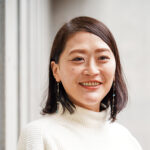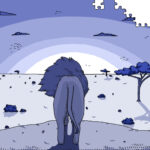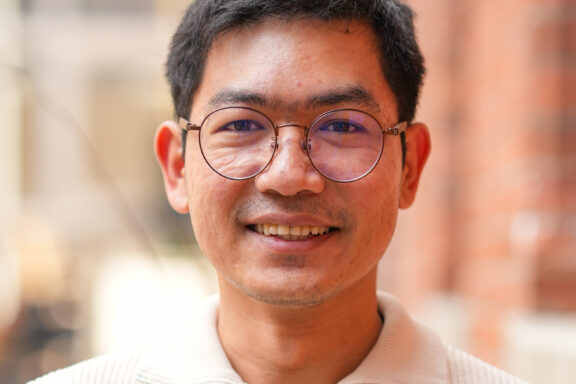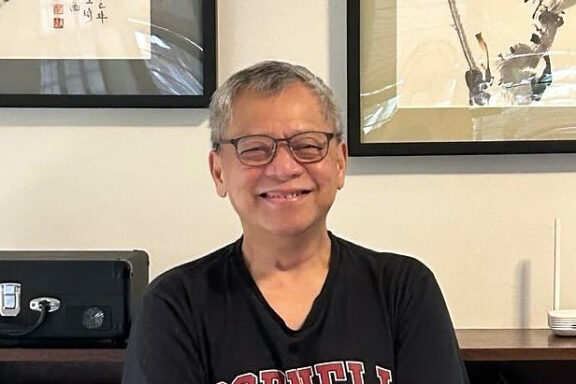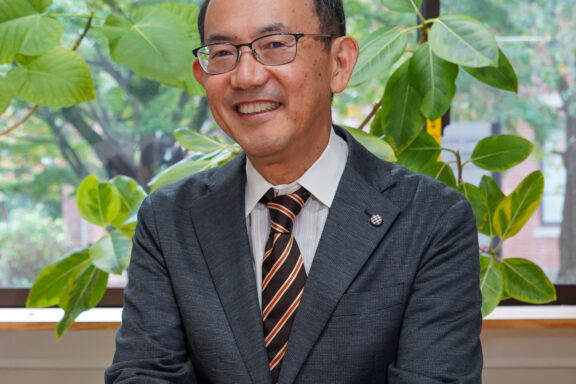Interview with Chika Yamada
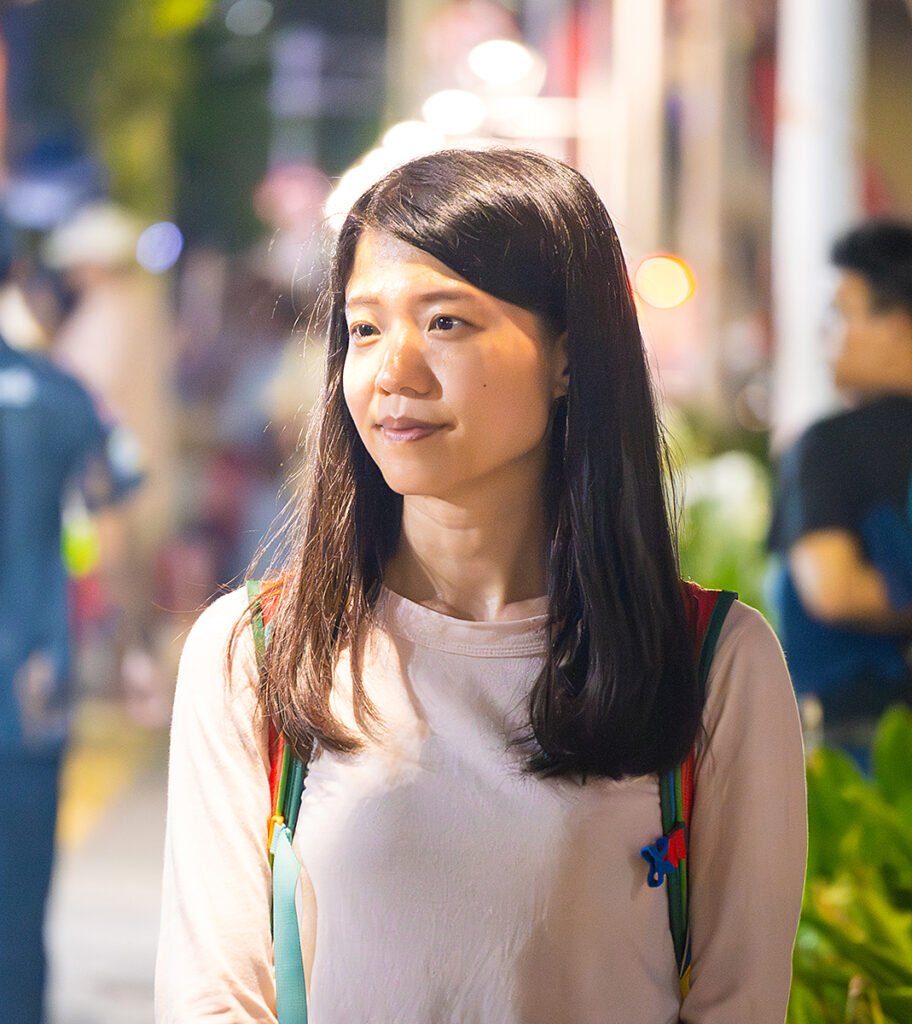
Short Bio
Chika Yamada joined the Center for Southeast Asian Studies, Kyoto University as a postdoctoral research fellow in 2020 and became an Assistant Professor at the Center in 2022. She is a visiting researcher at the National Center of Neurology and Psychiatry. She studied nursing at Kyoto University, public health at the University of Tokyo, and Chinese at Sichuan University, and worked in community health centers as well as NGOs before receiving her PhD (Health Science) from Kobe University in 2019. She is interested in the interface between health and society and has conducted qualitative and quantitative research in Japan, China, the Philippines, and Indonesia. Currently, she is working in Indonesia, evaluating treatments for substance use disorders, developing wastewater-based epidemiology of psychoactive substances, and investigating the social history of drugs in the country. At the same time, in a joint project with Daikin Industries, she is studying the social history of modernization and air conditioning in Southeast Asia and researching urban settlements in the era of climate change.
Have you ever heard of the term “Harm Reduction?” In a narrow sense, Harm Reduction may be best known as a public health initiative to prevent the health hazards caused by drug use, such as HIV infection and overdose. However, Harm Reduction has developed beyond this into a worldwide movement to restore the rights of people who use drugs and have been excluded from society. We interviewed Assistant Professor Chika Yamada, who is currently conducting research on Harm Reduction in Indonesia to trace the historical relationship between society and drugs and to critically examine the dynamics of a movement that exists in the space between bottom-up grassroots activism and top-down public health intervention.
──Please tell us about your research.
I study the movement commonly referred to as Harm Reduction in Indonesia. What is Harm Reduction? Answering this question is a challenge, but, put simply, it is a movement that seeks to protect the rights and dignity of people who use drugs without banning or reducing drug use. The movement began as a way for people who use drugs to protect themselves, protect their loved ones, and oppose being jailed or forced into treatment and rehabilitation.
It is only relatively recently, since the 1960s, that the use and trade of what we today call “drugs” have come to be treated as criminal acts throughout the world. Harm Reduction can be described as a process by which stigmatized individuals labeled as criminals join together to question the legitimacy of the power exercised by authorities and try to regain their stolen civil rights. I consider Harm Reduction to be one of the most important social movements to emerge in the late 20th century.
The interesting aspect of studying Harm Reduction in Indonesia is its connection to post-colonialism and neo-colonialism. At times, Harm Reduction, much like concepts such as human rights, is brushed off by leaders in Southeast Asian countries as an imposition of Western thought. Ironically, however, the idea of punishing people for drugs “involvement” was normalized by the West and the United Nations during the Cold War. The Suharto dictatorship, which adopted an anti-Communist policy, codified into Indonesian law the criminalization of drug use shortly after the country achieved independence. At the time, in the United States, the criminalization of marijuana, cocaine, and opium, which were respectively associated African-Americans, Mexicans, and Chinese immigrants, was driven by the political objective of excluding these racial and ethnic minorities. Looking further back in time, in Indonesia, the Dutch colonial government and the Japanese occupying forces amassed wealth in Java by commodifying opium and coca, exploiting the indigenous population as labor and having Chinese residents oversee mass production. Prior to colonization, psychoactive substances were used for centuries in the region now called Indonesia for food, remedies, insect repellents, rituals, and so on. Throughout history, the treatment of such substances has been distorted by political and social influences at home and abroad.
Despite this history, the Harm Reduction movement has blossomed in Indonesia since the late 1990s, a period of democratization and decentralization. My research interest is to understand the nature of this movement, especially at the grassroots level, the life histories of the drivers of this movement, and the surrounding historical and societal context, which I believe may deepen our understanding about Indonesia and, more broadly, Southeast Asia.
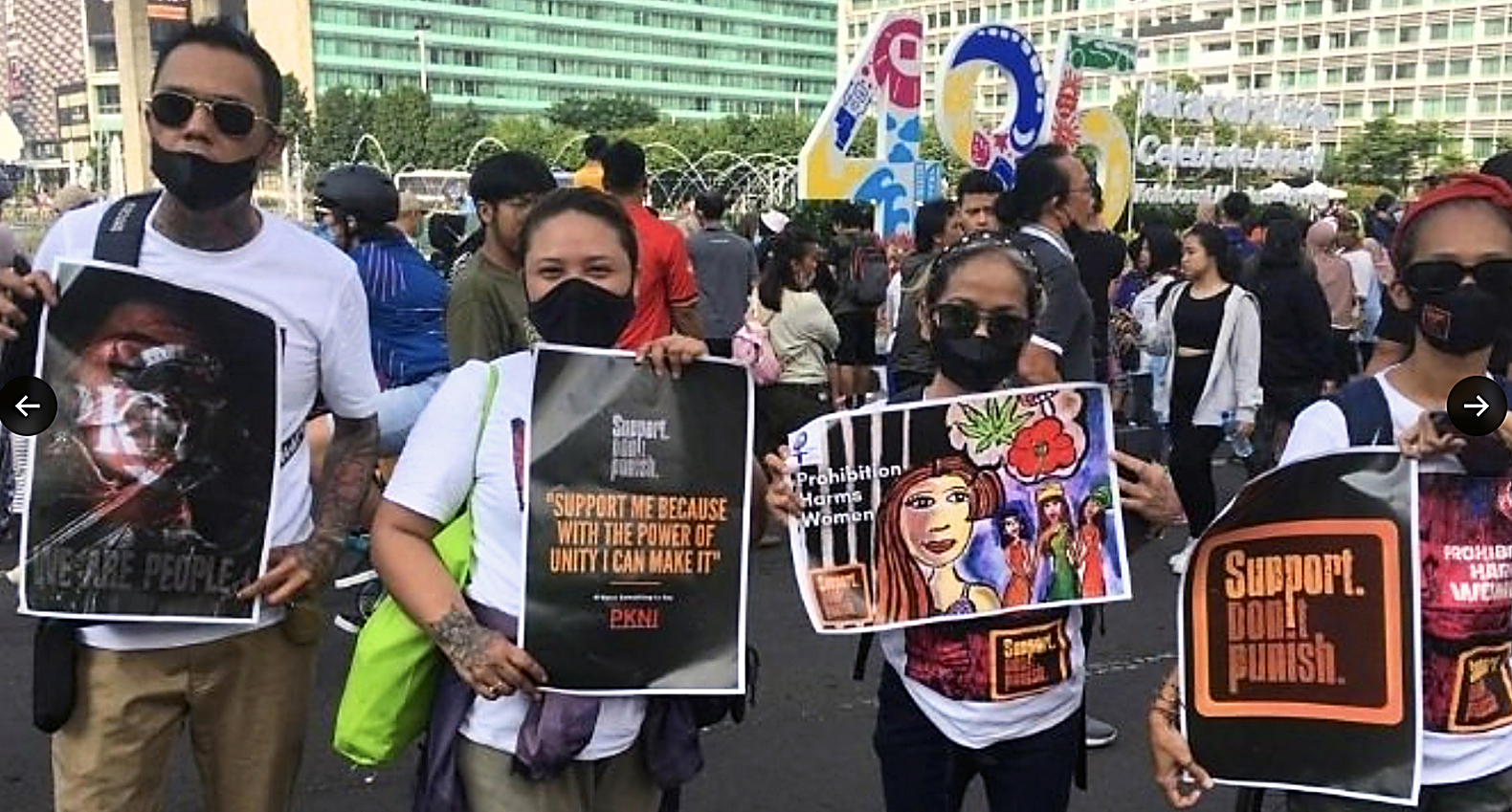
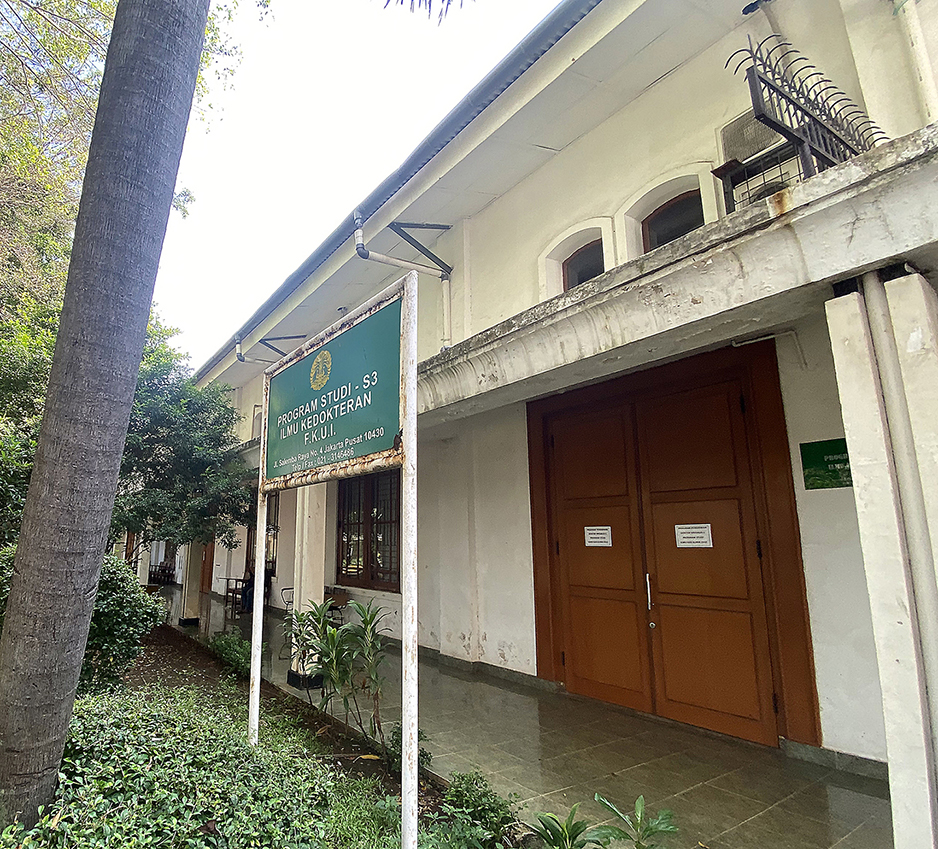
──Can you share with us an episode about any influential people, things, and places you have encountered whilst doing your research?
When my preconceived notions are tested and crumble in the field, it leaves a lasting impression. For example, in Indonesia, religion and drug use are not necessarily at odds with each other. Many Harm Reduction activists that I have met have strong religious beliefs. For example, Belinda, who is Protestant, explains, “It’s because I’ve committed the sin of drug use many times that I want to help others. That’s why I’m working to make drugs safer to use.” Wan Traga Duvan Baros, who is Muslim, says that, without fail, he prays five times a day to Allah to prevent him and his friends from overdosing. Suryana Nugraha, also a Muslim, calls himself a “junkie shariah” and fasts during the day during the month of Ramadan and uses heroin as his sahūr [pre-dawn meal].
Harm Reduction in Indonesia challenges our image of what public health is. For example, because the movement spread through the countercultures of heavy metal music and motorcycle touring, at times, so-called thugs, known as preman, are hired as Harm Reduction workers. By creating good relationships with gangs in certain neighborhoods, these “thugs” can conduct outreach and other activities for drug users in those neighborhoods. Despite their appearance, these T-shirt-wearing, long-haired, tattooed Harm Reduction activists told me a story of community empowerment based on the Ottawa Charter, which I learned about in a class on public health as an undergraduate student. I am fascinated by such unexpected encounters.
.
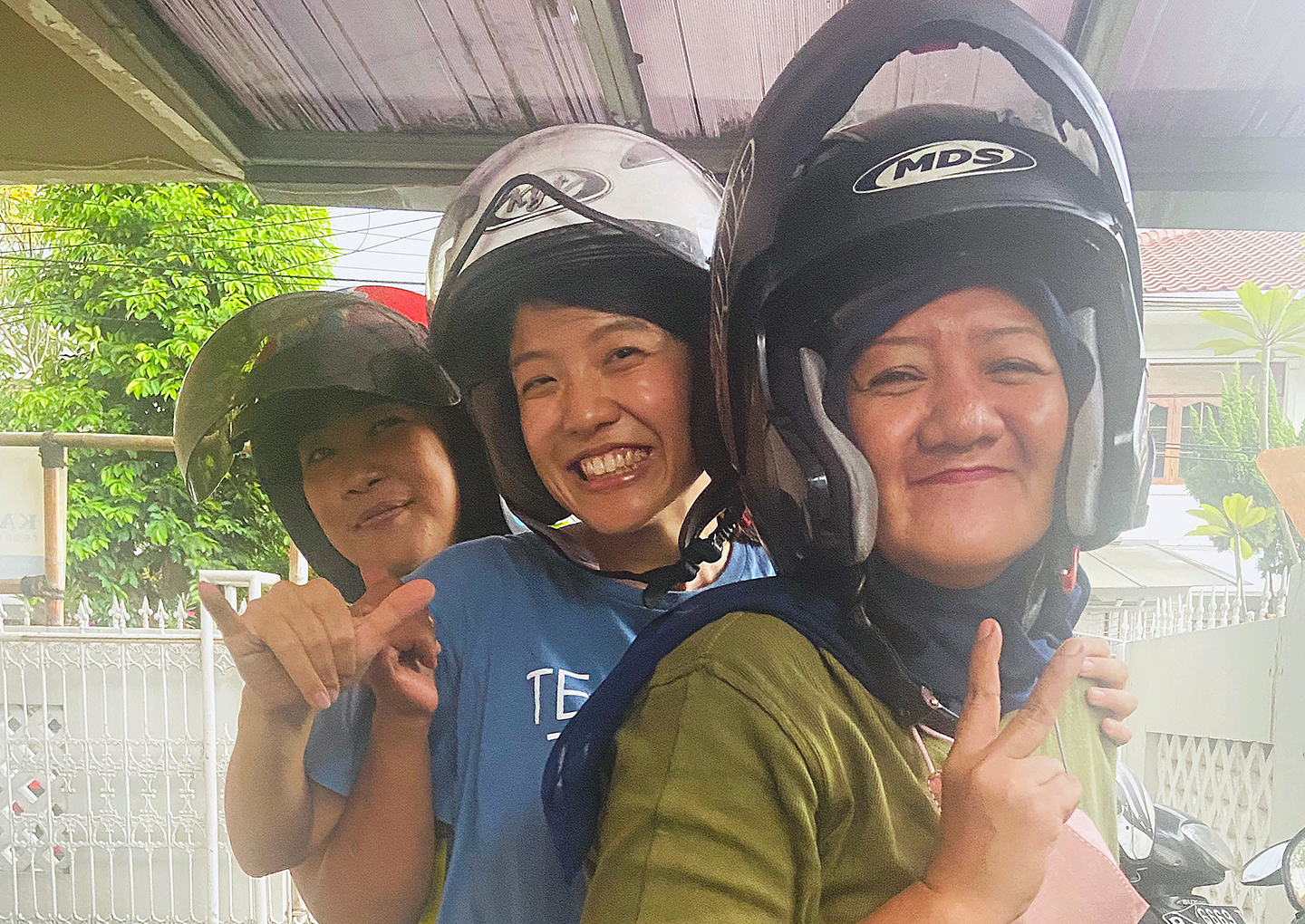

──Please tell us about an event or book that has been particularly influential.
I have been greatly influenced by the research of sociologist Dr. Akihiko Sato. I became interested in studying Harm Reduction more critically after hearing Professor Sato talk about his fieldwork related to Harm Reduction in Europe. He also analyzed the process by which the Simulants Control Act was enacted in postwar Japan and showed how—in political, social, and economic contexts—methamphetamines became associated with zainichi Koreans [Korean persons and their descendants living in Japan], communism, illegal economic activity, and psychopaths and thus, were used as a device to distinguish “us” from “others.” I hope to compare the findings from these studies in Europe and Japan with the situation in Indonesia, while also considering the relationship between these different areas.
I have also recently become interested in the book Homo Sacer by the Italian philosopher, Giorgio Agamben. In this book, Agamben explains that the political sphere of a sovereign state is constituted by treating a part of its very society, or some of the citizens it represents, as an exception. People who use drugs are a prime example of those who are exceptionalized by the nation-state and reduced to what Agamben calls a “bare life.” Biomedical knowledge is used to distinguish “citizens,” who are subjects of politics, from those reduced to a “bare life,” who are mere objects of politics. Although the effects of drugs vary widely depending on the context in which they are used, the discourse that drugs destroy the brain, the body, and even the personhood has become dominant by relying on limited medical experiments and case reports. It is accepted as self-evident that those who use drugs should be denied their rights as citizens so that the modern nation-state may reproduce “healthy” citizens for a productive labor force.
While the “bare life” of drug users was already adjacent to death to begin with, as the threat of HIV/AIDS increased, so too did the actual death rate of drug users. Moreover, the morbidity of the disease, which was untreatable early on, led nation-states to designate it as a crisis, which also resulted in drug users being stigmatized as a source of infection. The crisis of survival, like it did for members of the queer movement, became an opportunity for those who use drugs to collectivize and steer the discussion about themselves.
As the wave of activism that began in this manner and spread worldwide reached Indonesia, one can also see the influence of neo-colonialism in the agendas of global health and the nation-state under its auspices. That is to say, the Harm Reduction movement has, in part, been justified under the pretext of “public health” as a means to protect the global as well as the national “public” from drug users who are labeled as a source of infection. Such justification has led to the development of various initiatives in a top-down fashion.
At the same time, however, there has been a bottom-up movement among drug users to critically examine their dehumanization and commodification by society and to instead subjectivize themselves. The movement seeks to reclaim not only the right-to-life in a biological sense, but also the right to live as citizens. When considering Harm Reduction in Indonesia, it seems to me that we need to ask who are the “public” in “public health,” what constitutes “health,” and who defines both “public” and “health”?
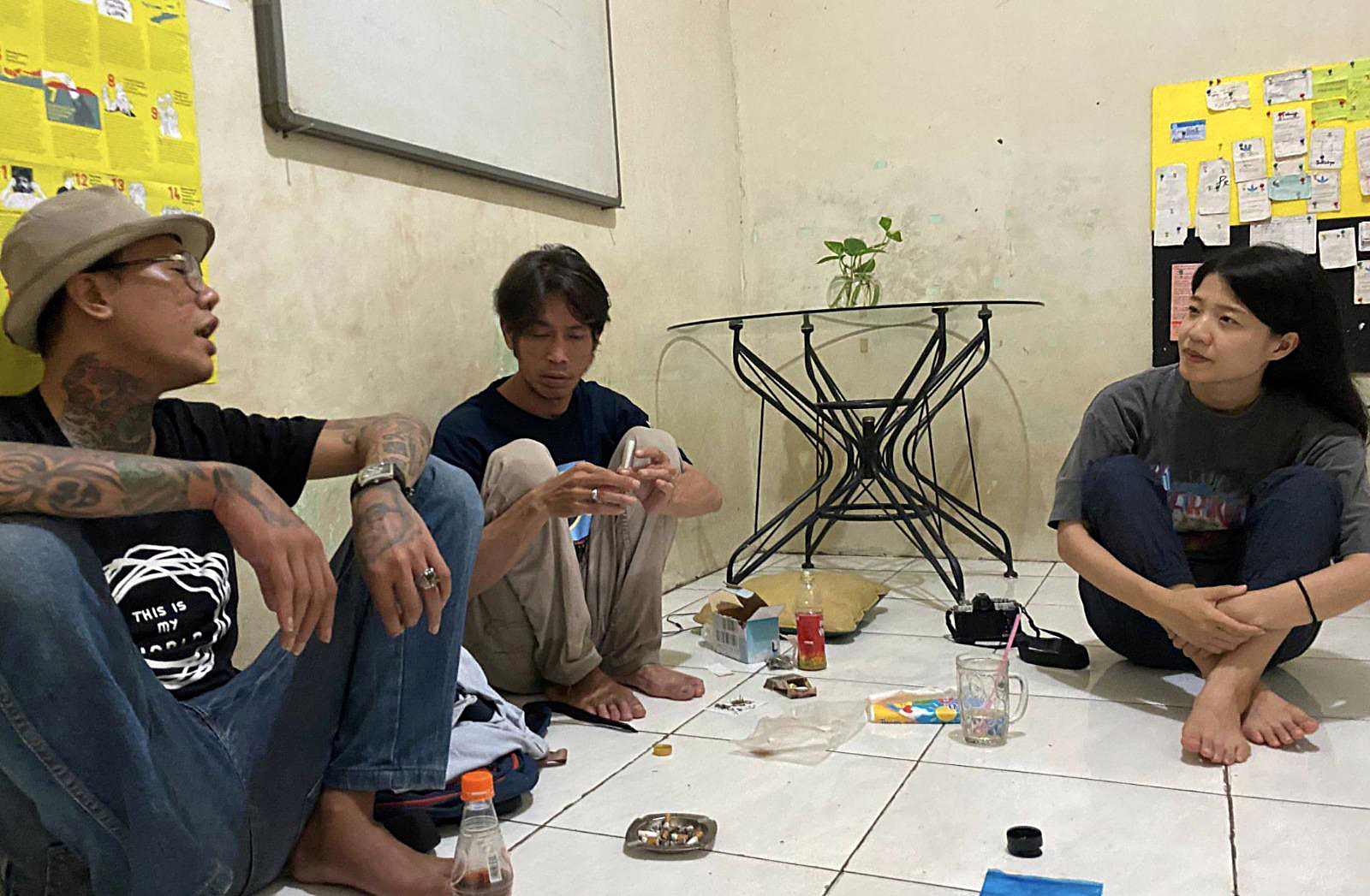
──Please share with us some of the challenges and creative efforts that have come from conducting field research.
I guess the challenge would be balancing fieldwork with raising a child. I started working in Southeast Asia after my daughter was born, so I have struggled with this from my very first fieldwork trip. Fortunately, my advisor, Dr. Hiroya Matsuo, who is an obstetrician and gynecologist, supported me to travel with my daughter, who was one and a half years old at the time. I managed to conduct research while leaving my daughter in the care of a community health worker in the Philippines on weekdays. Now that my daughter is in elementary school, I often feel guilty and anxious about traveling for one week, especially when it is for my own research. For the time being, my plan is to continue taking short trips. That said, I am very grateful that my daughter was able to come with me on my first field trip when she was little (although, she didn’t really have a choice…). When travelling alone for research in the past, I sometimes could not sleep for more than two days, probably due to a combination of nerves and excitement. But when my daughter is with me, I am forced to switch off. I feel more balanced and I have more energy for fieldwork. I also think there have been things that I was able to experience because I had my daughter with me.
──Do you have any essential reads (books) that you can recommend to younger people and do you have any words of advice to anyone who wants to become a researcher?
I am not in a position to give advice to young people, but I will say something that I think readers who have studied in fields that are called practical science, such as health care, will be able to relate to. In such disciplines, the question often asked is, “How does this research benefit our practice?” To become beneficial or practical means that there are certain ideal states which we have to aim for. But, you may feel that such norms can limit your perspective and critical thinking. It becomes difficult to ask the fundamental question, “The state we are aiming to achieve — is it really a good state?” Consequently, you may also feel that you are not encouraged by your discipline to pursue questions that arise from a genuine curiosity you had in the field.
When you encounter such situations, I highly recommend that you investigate how the subject of interest has been discussed in the humanities and social sciences. There, you may find that an overwhelming amount of research has already been accumulated on a topic that you had assumed was inconsequential and not worth pursuing. Encountering predecessors who seemingly have spent their entire lives on a given topic may rekindle your curiosity. In the process, you may encounter criticisms of your previous perspective, practice, or research methodology. Such relativization of the academic or professional community to which you belong may cause it to seem small and deflated, leaving you uncertain about how to proceed. At such times, I remind myself that experts in area studies often preach the importance of becoming a layperson. I then tell myself that it is okay to take detours; I am merely a layperson and need to cultivate various perspectives in the field.
(February 8, 2024)
References
Akihiko Sato [佐藤哲彦], The Sociology of Drugs [『ドラッグの社会学』], Sekaishisosha, 2008, in Japanese.
This article is also available in Japanese. >>
「公衆衛生を問い直す:インドネシアの
ハーム・リダクション運動から見えてくること」
山田千佳さんインタビュー

